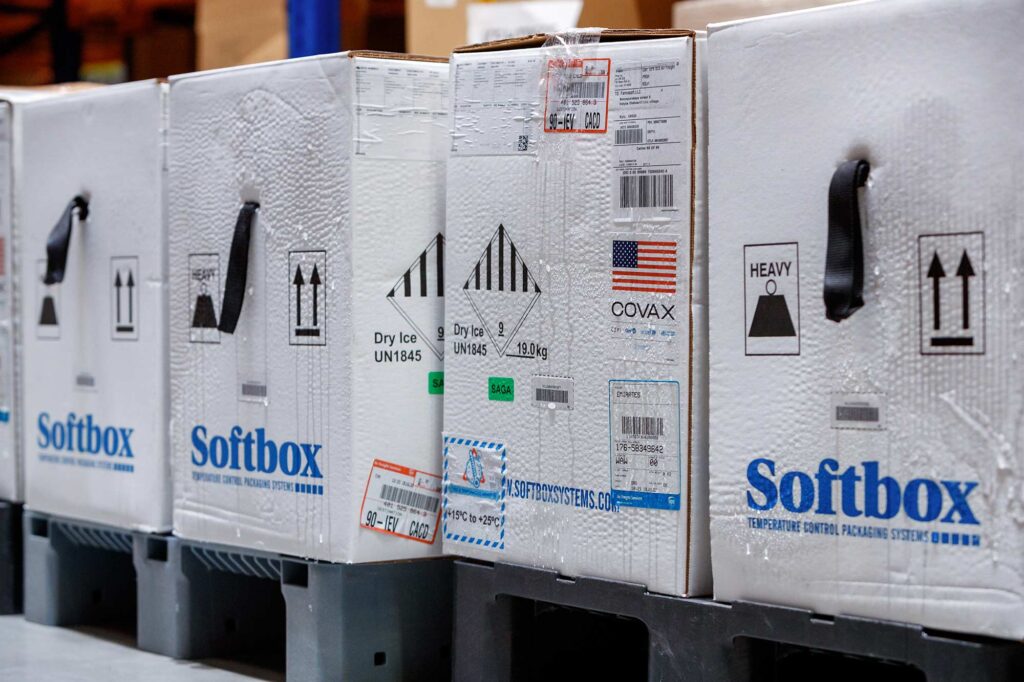Closing the Access Barrier for Effective Anti-Malarials in the Private Sector in Rural Uganda: Consortium for ACT Private Sector Subsidy (CAPSS) Pilot Study
Closing the Access Barrier for Effective Anti-Malarials in the Private Sector in Rural Uganda: Consortium for ACT Private Sector Subsidy (CAPSS) Pilot Study
Abstract
Background
Artemisinin-based combination therapy (ACT), the treatment of choice for uncomplicated falciparum malaria, is unaffordable and generally inaccessible in the private sector, the first port of call for most malaria treatment across rural Africa. Between August 2007 and May 2010, the Uganda Ministry of Health and the Medicines for Malaria Venture conducted the Consortium for ACT Private Sector Subsidy (CAPSS) pilot study to test whether access to ACT in the private sector could be improved through the provision of a high level supply chain subsidy.
Methods
Four intervention districts were purposefully selected to receive branded subsidized medicines – “ACT with a leaf”, while the fifth district acted as the control. Baseline and evaluation outlet exit surveys and retail audits were conducted at licensed and unlicensed drug outlets in the intervention and control districts. A survey-adjusted, multivariate logistic regression model was used to analyse the intervention’s impact on: ACT uptake and price; purchase of ACT within 24 hours of symptom onset; ACT availability and displacement of sub-optimal anti-malarial.
Results
At baseline, ACT accounted for less than 1% of anti-malarials purchased from licensed drug shops for children less than five years old. However, at evaluation, “ACT with a leaf” accounted for 69% of antimalarials purchased in the interventions districts. Purchase of ACT within 24 hours of symptom onset for children under fiveyears rose from 0.8% at baseline to 26.2% (95% CI: 23.2-29.2%) at evaluation in the intervention districts. In the control district, it rose modestly from 1.8% to 5.6% (95% CI: 4.0-7.3%). The odds of purchasing ACT within 24 hours in the intervention districts compared to the control was 0.46 (95% CI: 0.08-2.68, p=0.4) at baseline and significant increased to 6.11 (95% CI: 4.32-8.62, p<0.0001) at evaluation. Children less than five years of age had “ACT with a leaf” purchased for them more often than those aged above five years. There was no evidence of price gouging.
Conclusions
These data demonstrate that a supply-side subsidy and an intensive communications campaign significantly increased the uptake and use of ACT in the private sector in Uganda.

